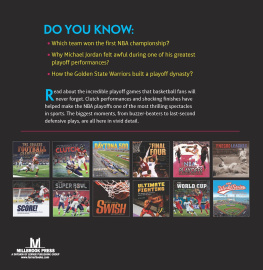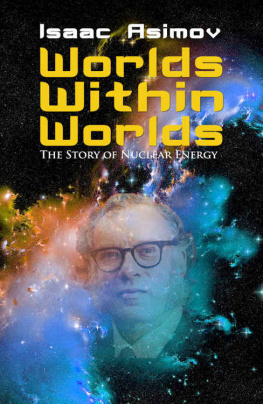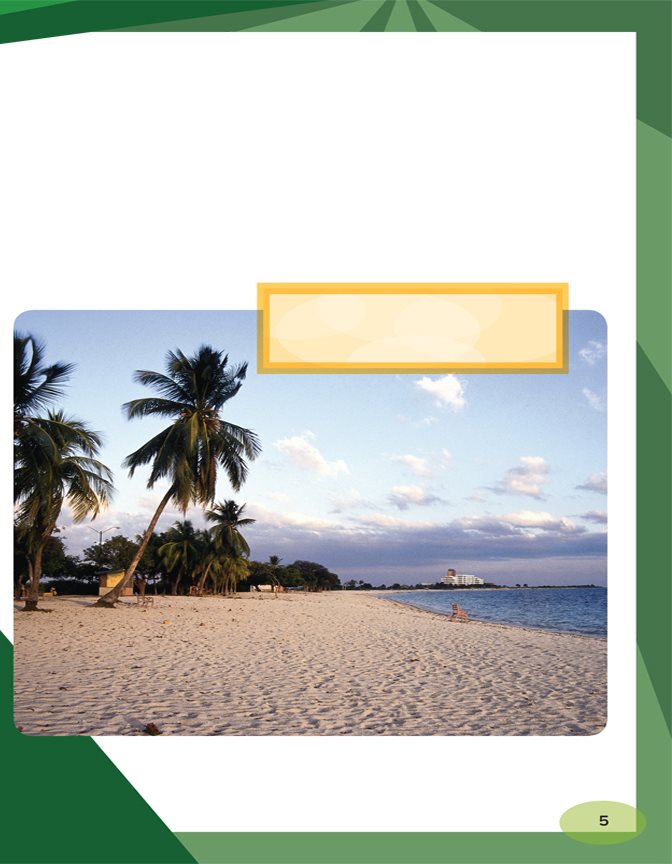Finding Out about
Nuclear
Energy
Matt Doeden
Copyright 2015 by Lerner Publishing Group, Inc.
All rights reserved. International copyright secured. No part of this book may be
reproduced, stored in a retrieval system, or transmitted in any form or by any means
electronic, mechanical, photocopying, recording, or otherwisewithout the prior written
permission of Lerner Publishing Group, Inc., except for the inclusion of brief quotations in
an acknowledged review.
Lerner Publications Company
A division of Lerner Publishing Group, Inc.
241 First Avenue North
Minneapolis, MN 55401 USA
For reading levels and more information, look up this title at www.lernerbooks.com.
Library of Congress Cataloging-in-Publication Data
Doeden, Matt.
Finding out about nuclear energy / by Matt Doeden.
pages cm. (Searchlight books: What are energy sources?)
Includes index.
ISBN 9781467736558 (lib. bdg. : alk. paper)
ISBN 9781467746403 (eBook)
1. Nuclear energyJuvenile literature. I. Title.
TK9148.D64 2015
621.483dc23
2013039450
Manufactured in the United States of America
1 BP 7/15/14
Contents
WHAT
IS NUCLEAR
ENERGY?
PRODUCING
NUCLEAR POWER
THE PROS AND CONS
OF NUCLEAR POWER
Chapter
WHAT IS
NUCLEAR ENERGY?
Imagine yourself on a
beach. You hold a single
grain of sand in your hand.
It seems as though theres
nothing to it, right? Wrong!
You can hold a lot of
sand in your hand.
What is a grain of
sand made up of?
All matter is made up of atoms. Even a tiny grain
of sand has about quintillion atoms. Thats with
eighteen zeros behind it! That should give you an idea
of how small an atom is. Yet atoms hold huge amounts
of energy.
Every atom in the universe
contains energy. Imagine how
much energy is on this beach!
Atoms are made up of three main parts. Protons and
neutrons make up the center. Its called the nucleus.
Electrons orbit the nucleus. The nucleus holds an atoms
energy. Tapping into this gives us nuclear energy.
This diagram shows
the parts of an atom.
Fusion and Fission
There are two types of nuclear energy. They are fusion
and fission. We combine two nuclei during fusion. This
gives off a burst of energy. The sun is powered by fusion.
FUSION IN THE SUN GIVES OFF LARGE
AMOUNTS OF LIGHT AND HEAT.
Fusion could
provide almost
limitless clean
energy. Theres
just one problem.
Scientists have
to heat the fuel
to very high
temperatures.
They dont know
how else to make
fusion happen. It
takes more energy
to make the atoms
combine than we
get out of it.
Scientists study ways
to make fusion work.
That leaves us
with fission. An
atoms nucleus is
split apart during
fission. One atom
splits into two
smaller ones. And
lots of energy is
given off.
Uranium is an element
often used in fission.
Fission is the type of energy that runs nuclear power
plants. These plants provide about percent of the
worlds electricity.
Nuclear power plants can be
found around the world.
Chapter
PRODUCING
NUCLEAR POWER
Not just any atoms will work
in a power plant. Most times
uranium atoms are used. Uranium
can be found in nature, including in
rocks and water.
Uranium can be found
in rocky places such as
this one. Where else
might you find uranium?
It Starts with Uranium
Uranium comes in several forms. The one used for
nuclear power is uranium- (U -235). Less than
percent of all uranium on Earth is U -235. That doesnt
sound like much. But think of it this way. About
2.2 pounds (1 kilogram) of U- can produce up to
million times more energy than 2.2 pounds of coal!
This illustration
shows a U -235 atom.
Uranium is found mixed with other rock and metals
in ore. Ore is found all around the world. There are two
main ways to mine ore. Open- pit mines are for ore close
to Earths surface. Large machines remove dirt and rock
to get to the ore.
An open- pit mine is created by
drilling and blasting Earths surface.
Underground mines are for ore that is deep
underground. Miners dig tunnels to get to the ore. The
mined ore is then crushed. The uranium is separated
from other rock and metal.
Miners dig tunnels to get at
uranium deep underground.
We can also
get uranium from
water. Oceans and
other bodies of
water have uranium
dissolved in them.
We can separate
this uranium from
the water.
Dissolved uranium can
be found in oceans.
Uranium found in nature doesnt have enough U-
to be used in a power plant. The uranium must be
changed. Workers make small pellets of uranium. The
pellets are at least percent U- Thats enough to
produce power.
































